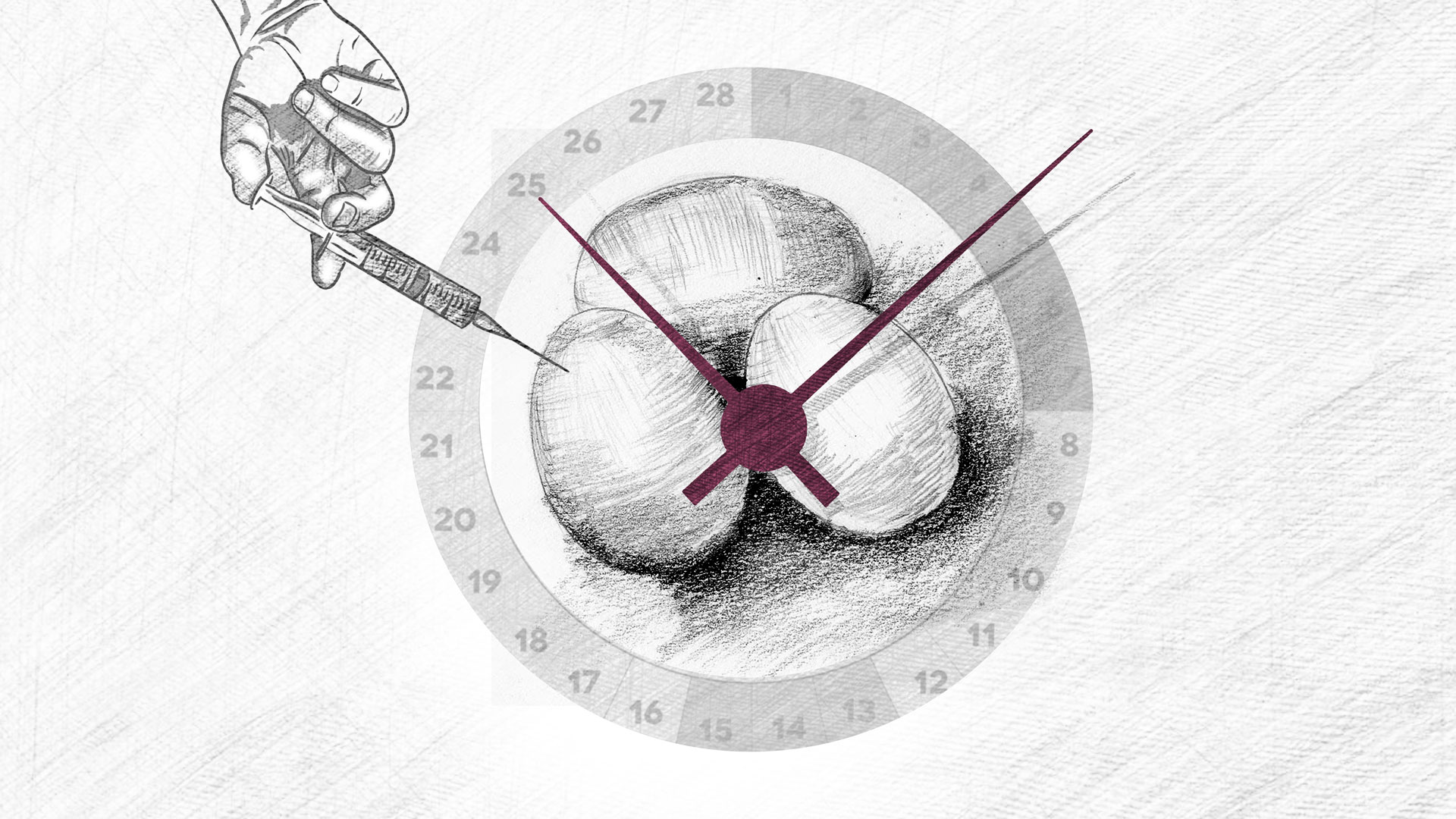
Before ovulation problems are treated, it is important to undertake certain tests to establish the cause. These tests include
If the FSH concentration level measured at the onset of a period is high (>10) and the AMH concentration is low, ovarian failure is likely to happen. In such cases fertility treatment is less successful.
Before ovulation problems can be treated it is important to undertake certain tests to establish the cause.
DiscoverThe ovaries are stimulated with medications to promote the growth of follicles containing eggs.
CLOMIPHENE CITRATE (CLOMID)
An oral medication used to induce ovulation by encouraging the body to produce more follicle stimulating hormone (FSH).
This is most commonly used if a woman has irregular or long menstrual cycles.
FOLLICLE STIMULATING HORMONE (FSH)
Hormone injections of FSH can be used to stimulate the number of follicles that develop in the ovary and therefore stimulate the number of eggs that are ovulated during a cycle.
The ovaries are stimulated with medications to promote the growth of follicles containing eggs.
DiscoverAfter the development of follicle, another injection of synthetic human chorionic gonadotropin (hCG) hormone can be used to trigger the release of the eggs from the follicles.
The fertilization window is for 36 hours from the time of trigger.
After the development of follicle, another injection of synthetic human chorionic gonadotropin (hCG) hormone
DiscoverOvulation cycle will be monitored closely with blood samples to measure hormone levels at specific stages of menstrual cycle along with a transvaginal ultrasound to see the development of follicles in the ovaries and the thickness and appearance of the lining of the womb.
Ovulation cycle will be monitored closely with blood samples to measure hormone levels at specific stages
DiscoverNear the time of ovulation, specialists will advise the most appropriate day to have sexual intercourse to maximise the chance of pregnancy or to perform an intrauterine insemination (IUI) where prepared sperm is inserted into the uterus.
Near the time of ovulation, specialists will advise the most appropriate day to have sexual intercourse
Discover## For women who face the problem of an irregular menstrual cycle, their ovulation time may vary. In fact, it is quite common for ovulation to occur later in their cycle (after Day 14). One must, however, continue to go for monitoring until one ovulates.
in Ovulation Induction

Ovulation induction includes the possibility of overstimulation, called ovarian hyperstimulation syndrome, or OHSS. OHSS is reported to occur in approximately 1% of cycles. This is associated with enlarged ovaries, abdominal pain and collection of fluid within the abdomen.
In extreme cases, it may require hospitalisation to manage the pain and other associated clinical findings.
